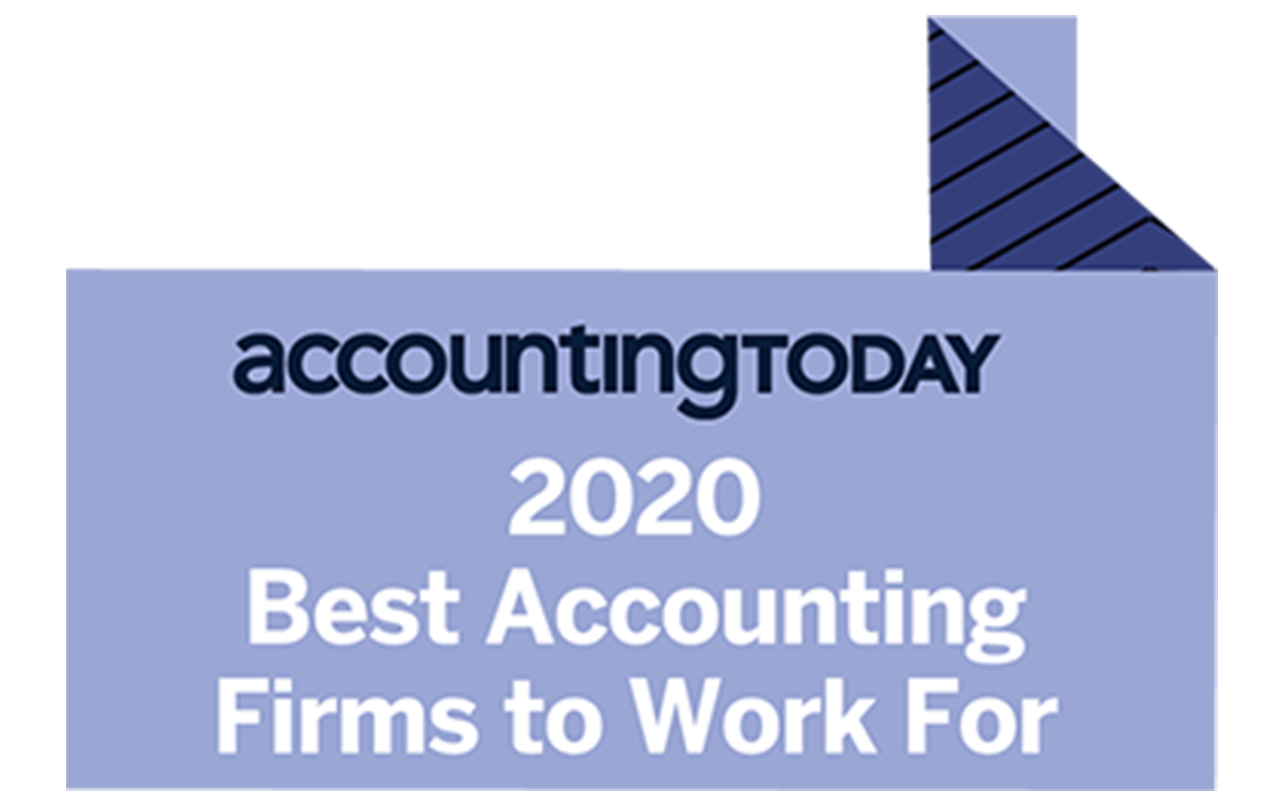Sound advice and sophisticated strategies Looking forward beyond the numbers
What we do
We handle your
numbers—we don't
make you feel like one
WHO WE SERVE
Life's better when people understand your needs
Dentists
We know how to keep your practice healthy.
Engineers
Get strategic guidance from our expert advisors to help ensure your long-term success.
Restaurants
Get back to your passion—your restaurant—and let us handle the accounting.
Manufacturing
We provide you with expert guidance to help ensure your long-term success.
Motorcycle Dealerships
Fueling business growth is what we do.
DOT Overhead Audits
Hand over your accounting so you can get back to what matters most.
Professional Service Providers
We take the pain out of accounting, because we handle the work for you.
People
Let us help make tax season less taxing.

ebook
Why your small business should invest in technology
See how the right technology can have a big impact on your small business.
Download the eBook about Why your small business should invest in technologyIn the Loop
Your magazine of
personal finance

From the firm: Planting seeds for success
We recognize that the steps we take today inspire our impact for tomorrow.
Read more about From the firm: Planting seeds for success> ➞Debt management for business owners
Learn what you need to know to manage your business debt effectively.
Read more about Debt management for business owners> ➞Sustainability: Why it matters
Consumers want to purchase from sustainable businesses. Discover what that means for you.
Read more about Sustainability: Why it matters> ➞QuickReads
Let's talk business





WHO WE WORK WITH












